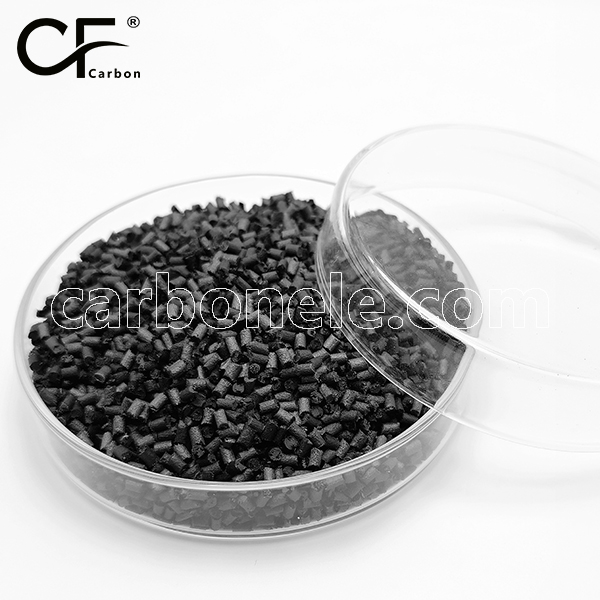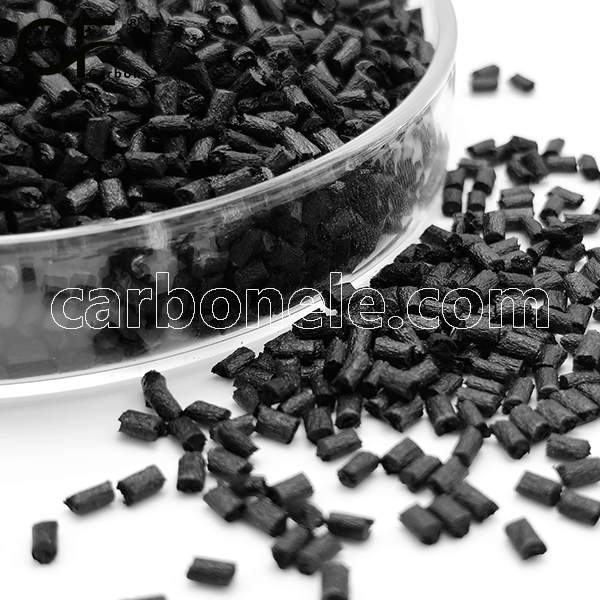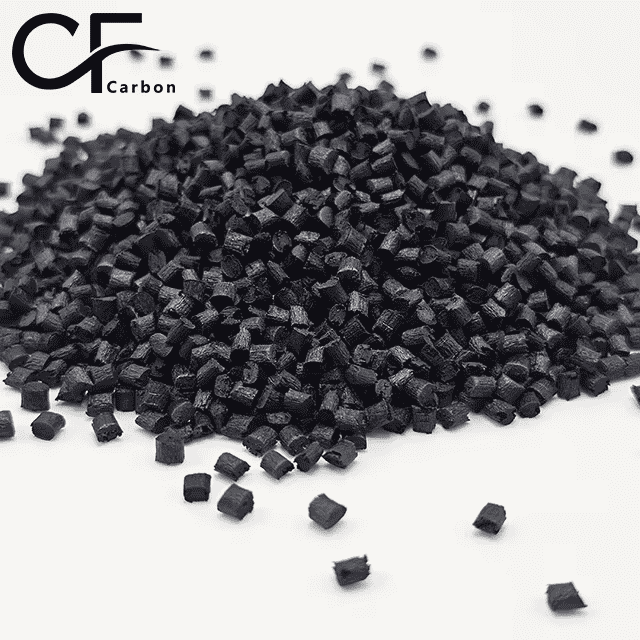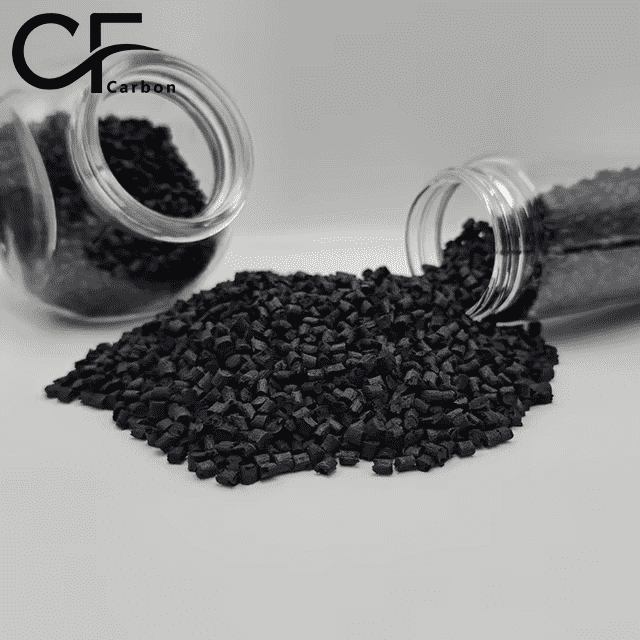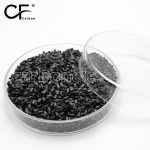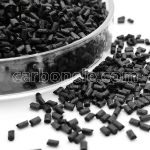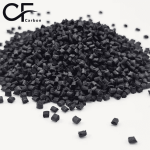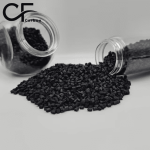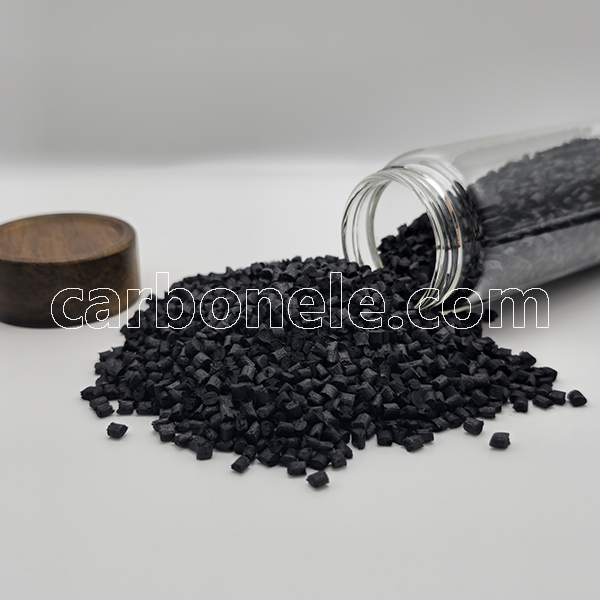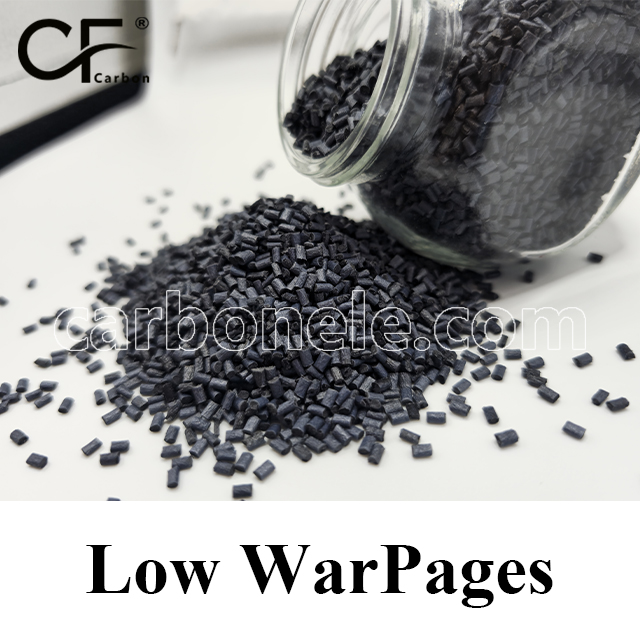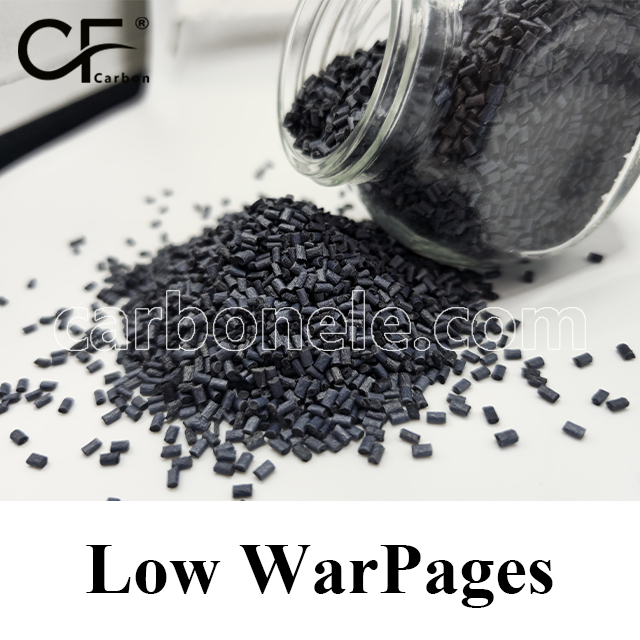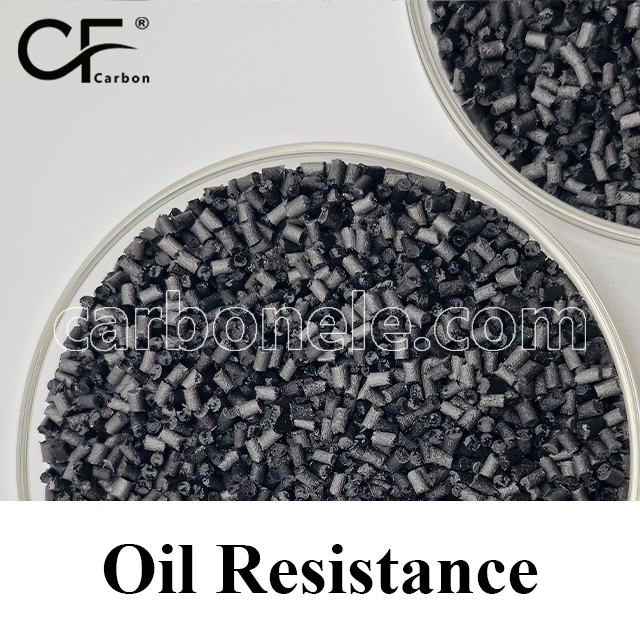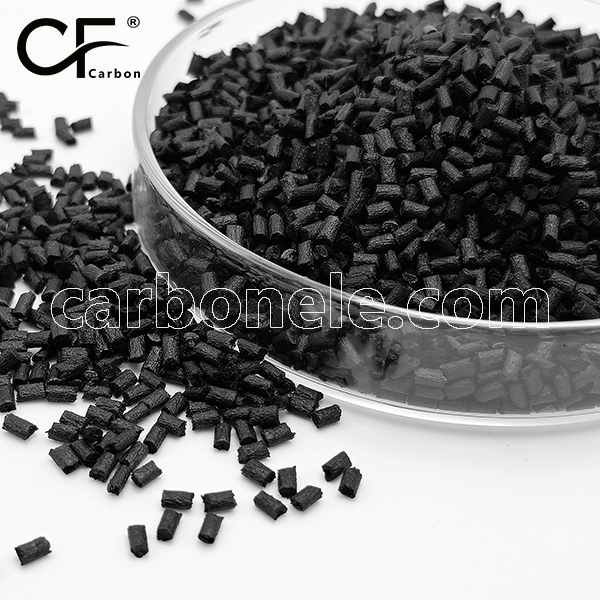
PA6 CF10 High Performance Carbon Fiber Nylon
PA6 CF10 is a carbon fiber reinforced nylon composite that delivers exceptional tensile strength and enhanced rigidity while ensuring outstanding dimensional stability. With its low moisture absorption and excellent chemical resistance, this high-performance material is engineered for critical applications in automotive, industrial and electrical sectors where lightweight and durable solutions are essential.
- Model number: PA6-CF-BCA1
- Matrix Resin: Polyamide 6 (PA6)
- Reinforcing Filler: Carbon Fiber (CF)
- Appearance: Granules
- Packaging: 25 kgs/bag
PA6 CF10 Carbon Fiber Reinforced Nylon – High Performance Engineering Material
Environmental & Chemical Durability
Moisture Absorption: 0.08–0.12% — Extremely low, ensuring long-term dimensional stability.
Chemical Resistance: Outstanding — Resistant to fuels, oils, acids, alkalis, and industrial solvents.
Maintains superior mechanical properties and dimensional integrity even in humid or chemically aggressive environments.
Processing & Manufacturing
Molding Methods: Injection molding (optimal for complex geometries).
Surface Finish: Smooth to slightly textured; minimal carbon fiber visibility.
Tooling Recommendations: Hardened steel molds preferred for extended tool life.
Slightly reduced flowability compared to standard PA6, but ideal for high-strength structural components with optimized wall thickness. Processing parameters should be fine-tuned to ensure proper fiber alignment for maximum performance.
Target Applications
Automotive & Mobility
-
Engine covers, transmission components, structural brackets
-
Replaces metal with superior strength-to-weight ratio and chemical resistance.
Electronics & Electrical
-
Battery housings, high-voltage connectors, heat-resistant enclosures
-
Ensures rigidity and dimensional stability under thermal cycling.
Industrial & Machinery
-
Gears, robotic actuators, heavy-duty bearing housings
-
Withstands high mechanical loads in harsh operating conditions.
PA6 CF10 vs. PA6 LCF10
Mechanical Properties: 1.PA6 CF10 (10% short carbon fiber reinforced) offers balanced strength and processability, with: *Tensile Strength: ~180 MPa *Flexural Modulus: ~9 GPa *Good impact resistance for structural components 2.PA6 LCF10 (10% long carbon fiber reinforced) provides superior load-bearing performance, featuring: *Tensile Strength: ~220 MPa (+22% vs. CF10) *Flexural Modulus: ~12 GPa (+33% vs. CF10) *Enhanced fatigue resistance for dynamic loads
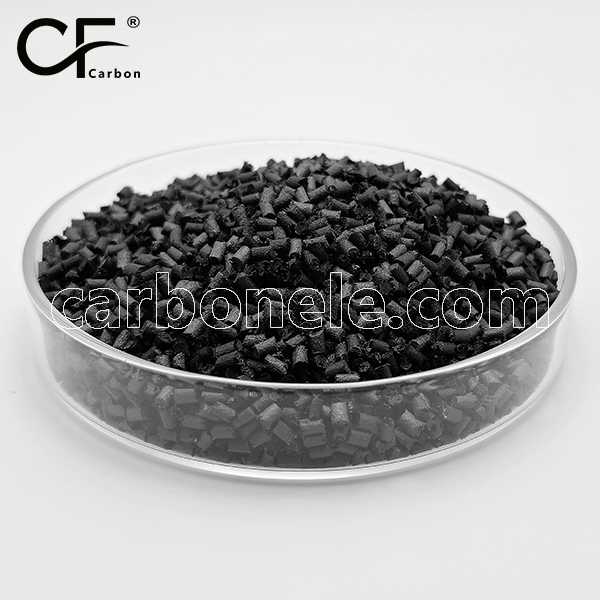


Frequently Asked Questions
Carbon (Xiamen) New Material Co., Ltd. aims to provide buyers with "one-stop" worry-free high-quality services. Here you can find all information about carbon fiber engineering plastics. If you still have questions, please send us an email for consultation!
-
How can I contact the manufacturer of a product that interests me?
When you find a product you are interested in, you can contact the manufacturer directly by sending an email and we will get back to you as soon as possible.
-
How do I find the products that interest me?
All you need to do is enter the keyword, product name in the search window and press the Enter key on your keyboard. Your search results page will then be displayed. You can also search within the product category pages on the home page. Each category is divided into subcategories, allowing you to refine your search and find products that interest you.
-
Where will I find a buying guide?
Please contact our after-sales service directly and we will provide you with a comprehensive operating guide.
-
What are CF Reinforced Thermoplastic Composites?
CF Reinforced Thermoplastic Composites are materials where carbon fibers are incorporated into a thermoplastic matrix. They combine the strength and stiffness of carbon fibers with the processability and recyclability of thermoplastics. For instance, they are used in automotive parts like bumper beams.
-
What are the benefits of CF Reinforced Thermoplastic Composites over traditional composites?
The key benefits include faster production cycles, easier recyclability, and better impact resistance. They also offer design flexibility. An example is in the manufacturing of consumer electronics casings where complex shapes can be achieved more easily.
-
How are CF Reinforced Thermoplastic Composites processed?
Common processing methods include injection molding, extrusion, and compression molding. Injection molding is widely used for mass production. For example, in the production of small components for the medical industry.
-
What industries use CF Reinforced Thermoplastic Composites?
They are utilized in aerospace, automotive, medical, and sports equipment industries. In aerospace, they can be found in interior components. In the medical field, they might be used in prosthetics.
-
How does the carbon fiber content affect the properties of the composites?
Higher carbon fiber content generally leads to increased strength and stiffness but may reduce ductility. A moderate content is often balanced for specific applications. For example, a higher content might be preferred in structural parts of a race car.
-
What are the challenges in using CF Reinforced Thermoplastic Composites?
Challenges include higher material costs, complex processing equipment requirements, and ensuring uniform fiber dispersion. Issues with adhesion between the fibers and the matrix can also arise. An example is in achieving consistent quality in large-scale production.







